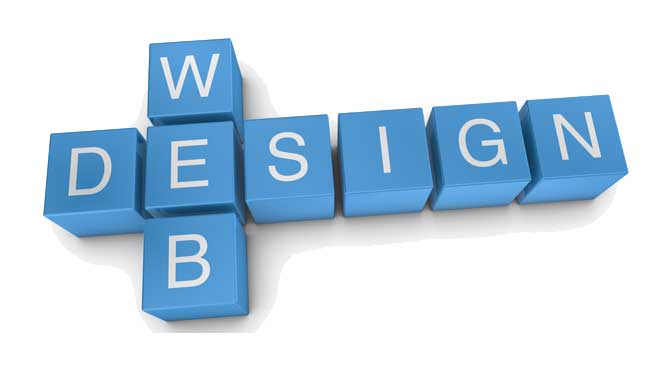If you are looking to get into Web Design, then you need to have a basic understanding of the key elements. One of course being, Typography. Typography is the art behind type. At the end of the day, it is one of the key elements that make web pages both pleasant to see, as well as a suitable container of information. Within the Designer’s skill set, it is not only necessary, but imperative, to have a good understanding of Typography.
There are thousands of different ways that type can be arranged. Typography goes far beyond simply making text readable. How you integrate type with specific layouts, and colours, speaks volumes to your skill as a Web Designer. Looking at a good or bad web page, could come down to the Designer’s Typography skills alone.
Mastering The Art Of Typography
Although there are plenty of online Typography tutorials and courses, the breadth of the discipline is wider than one would think. It can take years to master the art. As you begin to advance, you will discover that various font families pair better than others. Typography can complement colours, and segments of information, when it is done right. Many fonts can be accessed for free online. With that said, although it is recommended that you experiment, you should do so with caution. Fonts, like foods, can take a while to develop an understanding of what they pair well with.
Fonts like Helvetica, Arial, and Times New Roman, are some of the tried-and-true fonts that many people use regularly today. Creating a font itself is a whole different discipline. Some fonts take years to develop, and font creation is nothing less than a labor of love.
Kerning
Another aspect of Typography that all Designers will eventually encounter, is kerning. Kerning is the art of arranging the letters themselves. Sometimes, upon discovering a new font, you may find the overall arc of the letters to be enjoyable but the spacing seems to be a little off. Through kerning, you can adjust font layouts in a more pleasant manner. Every new font discovered will take up a varied amount of space between the lettering. As a beginning Designer, you will have to differentiate between the “x-height” of each font. This, quite simply, describes the height of each letter. As you are experimenting with mixing and matching different fonts, you will have to examine individual x-heights so that they blend well.
Designers use the term “set-width” to determine the given width of a character. This examines the scope of the body of an individual character, and whether or not it intrudes on the space of the following character. As you can imagine, fonts have various x-heights and set-widths that can either go great or horribly with one another.


